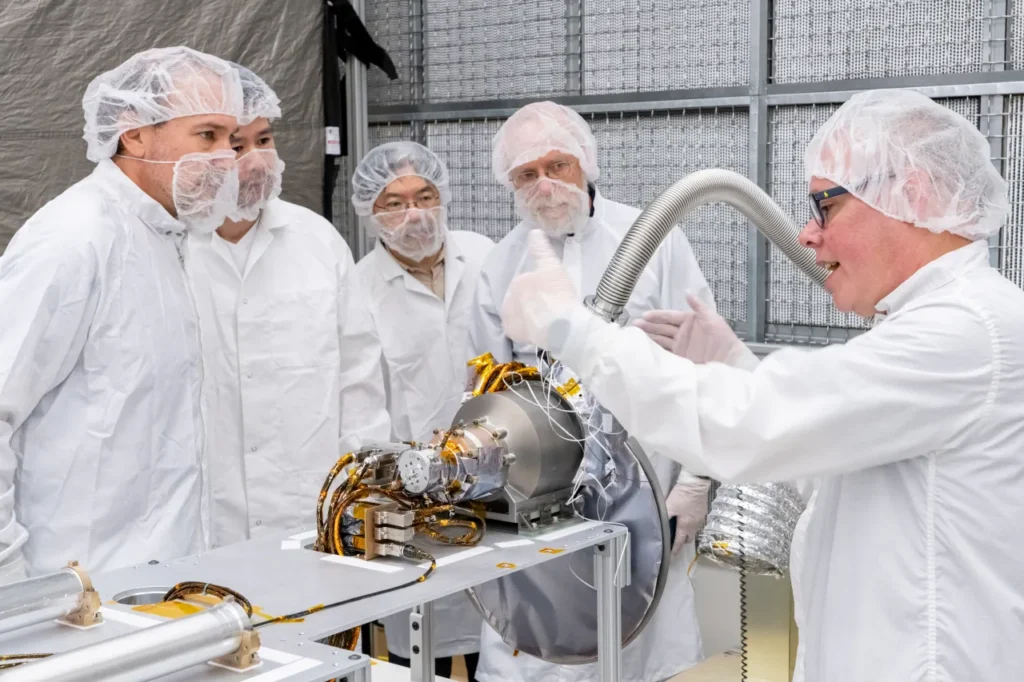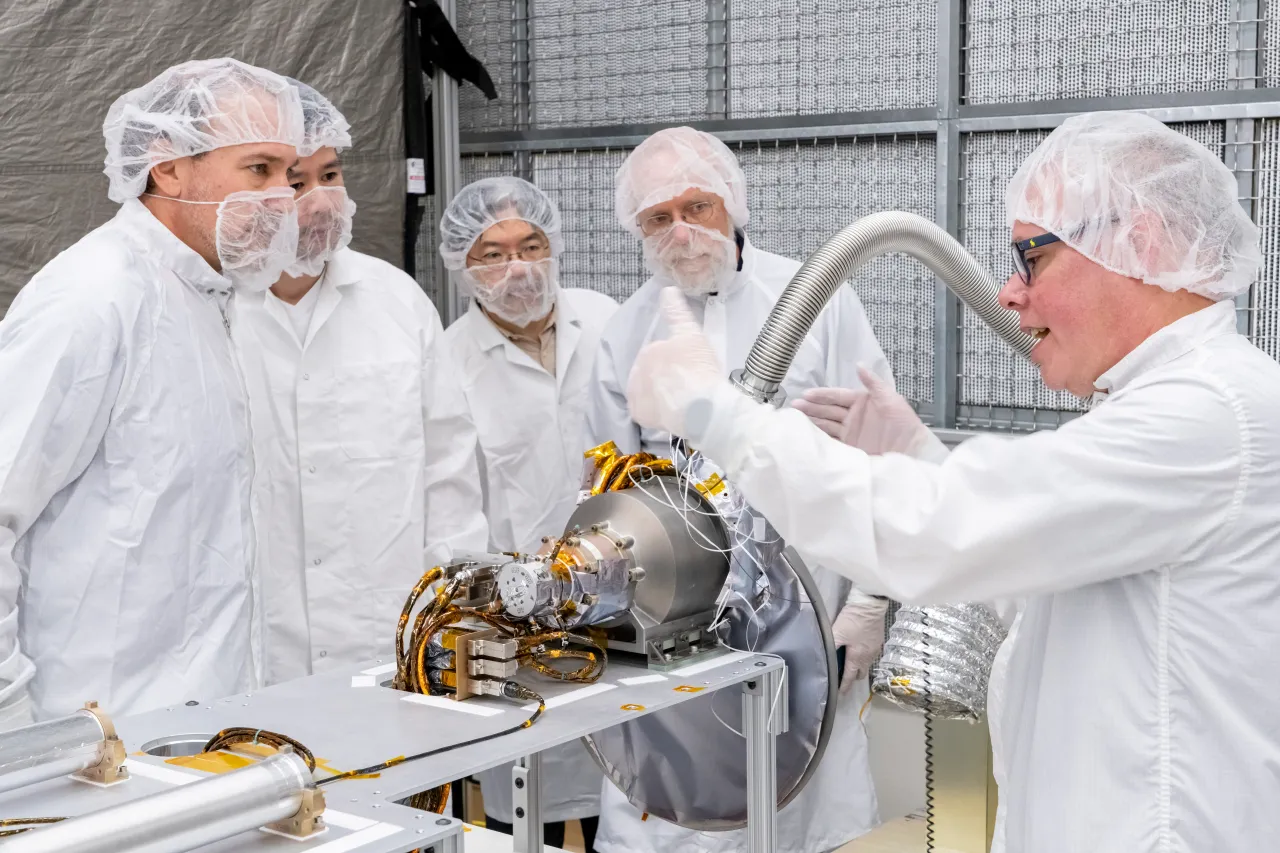In a groundbreaking collaboration between space agencies, NASA has delivered a critical science instrument to the Japan Aerospace Exploration Agency (JAXA) for its upcoming Martian Moons Exploration (MMX) mission. This partnership marks a significant milestone in international space exploration efforts, aiming to unravel the mysteries of Mars and its moons, Phobos and Deimos.

NASA’s Crucial Contribution
The collaboration between NASA and JAXA represents a pivotal moment in space exploration history. By joining forces, these agencies combine their expertise and resources, enhancing the potential for groundbreaking discoveries. The MMX mission, scheduled for launch in the mid-2020s, aims to visit the Martian moons, with a particular focus on Phobos. NASA’s contribution, a sophisticated science instrument, is expected to play a crucial role in the mission’s success.
Unveiling the Mysteries of Martian Moons
The primary objective of the MMX mission is to study the Martian moons in unprecedented detail. Scientists believe that Phobos and Deimos hold vital clues to understanding the Martian environment and the broader solar system’s history. The mission’s goals include analyzing the moons’ surface composition, understanding their origin, and assessing their potential for future human exploration.
NASA’s instrument, designed to analyze the surface composition of Phobos, will provide critical data to achieve these objectives. By identifying and mapping the minerals and elements on Phobos, scientists hope to uncover the moon’s origins and its relationship with Mars.
Technological Marvels and Scientific Promise
The instrument provided by NASA is a marvel of modern science and technology, equipped with cutting-edge features to perform detailed analysis of Phobos’ surface. Its high-resolution capabilities will allow scientists to study the moon’s composition at a microscopic level, revealing insights into its geological history and evolution.
This mission is not just a technological achievement but also a scientific endeavor that could answer fundamental questions about our solar system. For instance, understanding the composition of Phobos may provide insights into the early solar system’s conditions and the processes that led to the formation of planetary bodies.
The Future of Space Exploration
The MMX mission, bolstered by international collaboration and advanced technology, signifies a new era in space exploration. The insights gained from this mission could pave the way for future missions to Mars and its moons, possibly involving human exploration.
Moreover, the success of this collaborative mission underscores the importance of global cooperation in advancing our understanding of space. It demonstrates how combining resources and expertise from different countries can lead to greater achievements than any single nation could accomplish alone.
Conclusion
NASA’s delivery of a science instrument to JAXA’s Martian Moons Exploration mission is a testament to the power of international collaboration in pushing the boundaries of what we know about space. As we await the launch and results of the MMX mission, the global scientific community stands on the brink of potentially transformative discoveries that could reshape our understanding of Mars, its moons, and the solar system at large.
This mission represents more than a scientific endeavor; it embodies the collective aspiration of humanity to explore the unknown and understand our place in the cosmos. As NASA and JAXA work together towards this common goal, the future of space exploration looks brighter and more exciting than ever.
